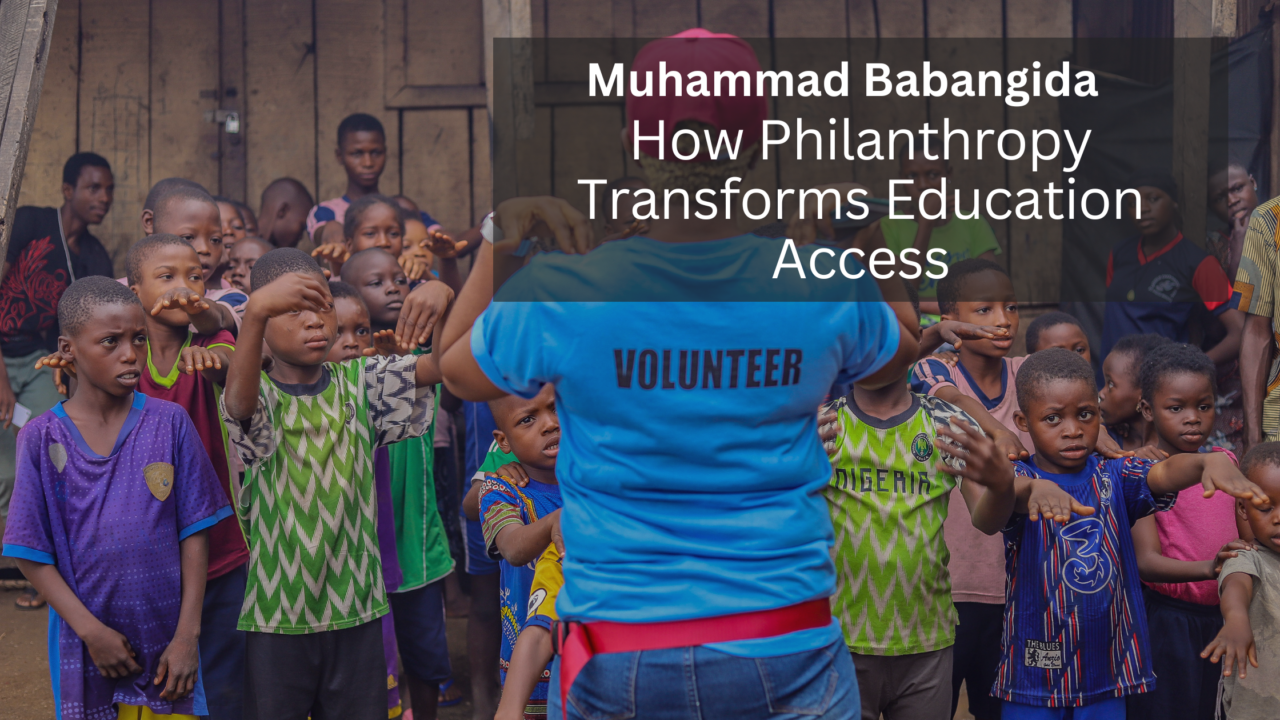Philanthropy has long played a pivotal role in transforming education, particularly in providing access to quality learning for underserved communities. Whether through donations, scholarships, or organizational support, philanthropic efforts can bridge the gap in educational equity, offering opportunities for individuals who might otherwise be excluded from the traditional education system. Here’s how philanthropy is helping to expand access to education and make learning opportunities available to all.
1. Funding Scholarships and Financial Aid
One of the most direct ways philanthropy impacts education access is through scholarships and financial aid. Many students face significant financial barriers to attending school, from tuition fees to textbooks and living expenses. Generous donations from philanthropists, foundations, and corporations help ease these burdens. By funding scholarships, philanthropy ensures that talented students, regardless of their financial backgrounds, can pursue higher education, unlocking opportunities for personal and professional growth.
2. Supporting Underfunded Schools
Philanthropic efforts can also have a profound impact on underfunded schools, particularly in disadvantaged communities. Many public schools lack the resources necessary to provide high-quality education, resulting in overcrowded classrooms, outdated materials, and insufficient extracurricular programs. Philanthropists can step in by donating funds to support infrastructure improvements, purchase educational resources, and offer professional development for teachers. These contributions help level the playing field, ensuring that all students have access to the tools and opportunities they need to succeed.
3. Expanding Access to Higher Education
For many students, the transition from high school to higher education can be a daunting one. Beyond financial barriers, there are often other obstacles—such as lack of mentorship, guidance, or preparation—that prevent students from pursuing higher education. Philanthropy helps bridge these gaps by funding programs that offer mentorship, college preparation, and guidance on navigating the application process. By supporting initiatives that promote access to higher education, philanthropists help open doors to career advancement and lifelong learning.
4. Promoting Education for Marginalized Groups
Philanthropy has also been instrumental in expanding education access for marginalized groups, including women, minorities, and refugees. Many of these groups face systemic barriers to education, including cultural biases, discrimination, and geographic isolation. Philanthropic organizations often focus their efforts on initiatives aimed at providing education to these underserved populations, such as providing scholarships for women in STEM fields or funding schools for refugee children. By focusing on these vulnerable groups, philanthropy ensures that education becomes a tool for empowerment and social change.
5. Supporting Innovative Education Models
Finally, philanthropy plays a key role in supporting innovative educational models that can reach underserved populations. From online learning platforms to community-based education initiatives, philanthropists help fund programs that make education more accessible to those who cannot attend traditional schools. These innovations can break down geographical, financial, and social barriers, enabling people around the world to access quality education from the comfort of their homes.
Conclusion
Philanthropy is a powerful force for transforming education access and breaking down barriers to learning. Through scholarships, support for underfunded schools, and the promotion of innovative education models, philanthropists are making quality education more accessible to individuals who might otherwise be left behind. As philanthropic efforts continue to grow, we can expect even greater strides in ensuring that education becomes a universal opportunity for all.
